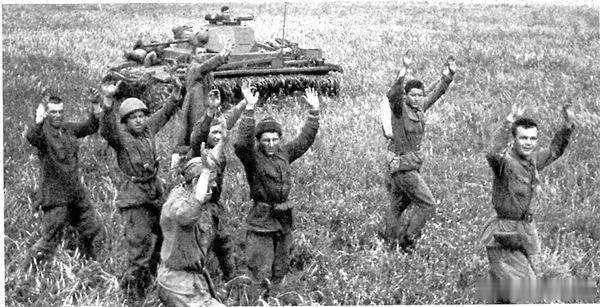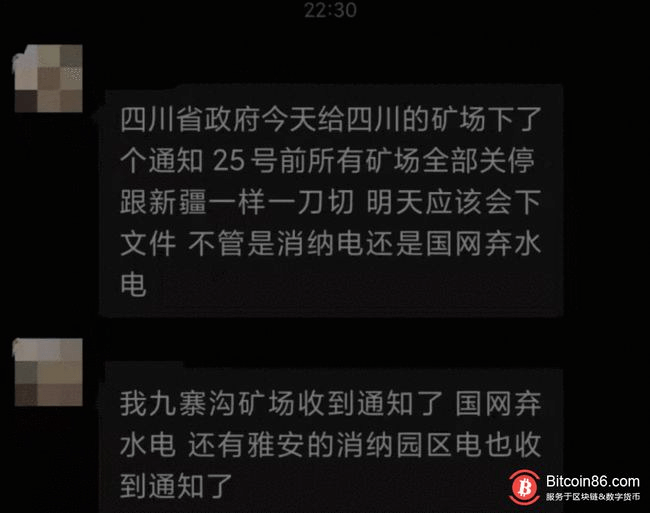
Hitler, the head of state of Nazi Germany, smugly called the Battle of Kiev “the largest encirclement in the history of world wars.”
The Battle of Kiev was a large-scale siege that took place in Ukraine on July 7, 1941 during the Second World War. It is considered the largest siege in history.It fought as Barbarossa on August 23, 1941 [1] As of September 26, 1941, it was called the Kiev Defense Battle in Soviet history. The battle was unprecedentedly tragic. On September 20, the city of Kiev was captured by the German 6th Army. On the same day, the German 46th Panzer Corps arrived and entered the battle as a fresh force. At the same time, the Soviet army also continued to invest in new forces, trying to help the trapped Soviet army break through, but they were all repelled by the German army. By September 26, the Battle of Kiev ended. Most of the Soviet Army’s 5th, 21st, 37th, and 26th Army Groups, and one of the 40th and 38th Army Groups were annihilated, and 650,000 people were captured.
During the battle, almost the entire Southwest Front Army of the Soviet Red Army was surrounded by the Germans. A total of 662,000 Red Army troops were captured. The German encirclement in Kiev was not tightly sealed. Small groups of Red Army broke through the encirclement and escaped after the Germans closed the encirclement, including Semyon Bujon. Marshal Semyon Konstantinovich Timosingo and political commissar Khrushchev.
The Northern Army Group is commanded by Marshal Loeb, starting from East Prussia, passing through Devinsk and Ostrov, and passing through the central and western regions of the Soviet Union, with the goal of completely destroying Leningrad, which symbolizes the Soviet power; the Central Army Group is commanded by Marshal Bok , Starting east of Warsaw, after passing Brest, Minsk, and Smolensk, attacked the capital of the Soviet Union, Moscow; the Army Group of the South, commanded by Marshal Lundstedt, attacked Ukraine, the densely populated agricultural heartland of the Soviet Union. After launching from Lublin to the Danube Estuary, it took Kiev, then attacked the Donbass, and then invaded the steppes of southern Russia. The ultimate goal is to advance to the Volga River to occupy the oil-rich Caucasus.
At the end of August 1941, after several red-faced arguments with Guderian, Hitler finally got his wish to transfer the 2nd Armored Group Army, which belongs to the Central Army Group, to the Southern Army Group, and rushed thousands of miles south, east of Kiev. Successfully rendezvous with the troops of the Southern Army Group. The rapid advancement of the German Panzer Corps was far beyond Budjoni’s expectations and failed to take effective measures to prevent the encirclement. Due to successive defeats, Budjoni was removed from the post of commander-in-chief of the Southwest Front Army and was succeeded by Soviet Marshal Timoshenko.
On September 16, 1941, the 1st Panzer Army led by Kleist and the 2nd Panzer Army led by Guderian successfully completed their meeting in Lohvica, 200 kilometers east of Kiev. Although the Southwest Front of the Soviet Union had a large number, it lacked mobility and was unable to escape from the palm of the Nazis. More than 600,000 Red Army soldiers were besieged around Kiev. After the besieged Red Army continued to fight for half a month, almost all of them The German forces surrendered.





























































You must log in to post a comment.